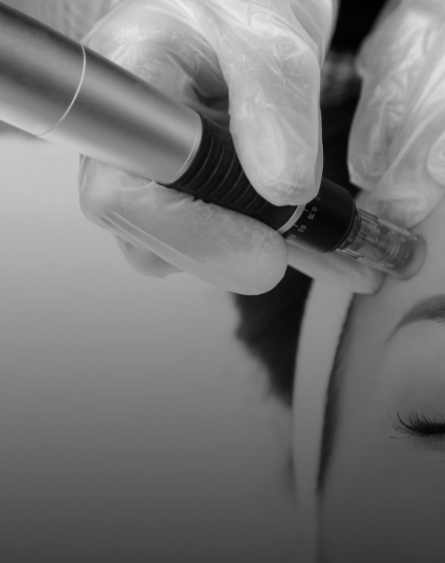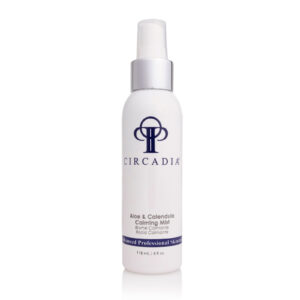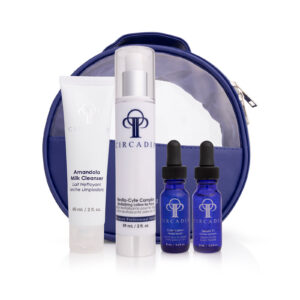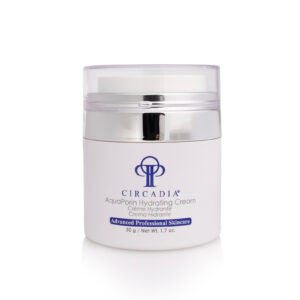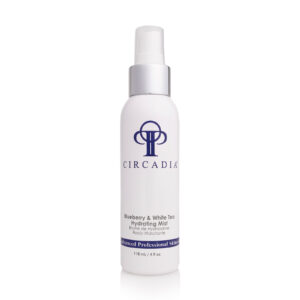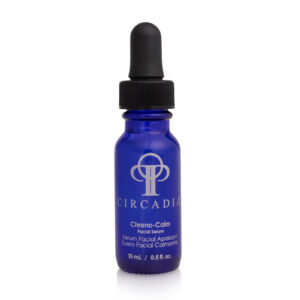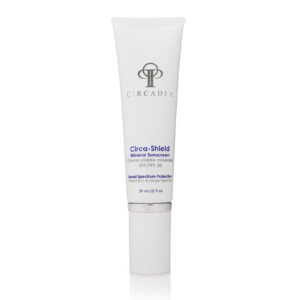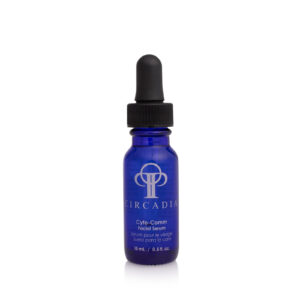Dermaplane
Dermaplaning is a procedure that exfoliates your skin and gets rid of dirt and vellus hair, known as “peach fuzz.”

With dermaplaning, they use a scalpel or a tool called a dermatome. The doctor or aesthetician moves the dermatome, which looks like an electric razor, back and forth to scrape off the top layer of dead skin.
Additional information
Dermaplaning treats many skin imperfections
- Acne scars
- Fine lines
- Sun damage
- Unwanted hair/peach fuzz
- Dull skin/Dehydrated skin
- Dry skin
- Non-invasive
- Penetration of the products
- Brighter, more youthful skin tone
- Exfoliation
- Peach-fuzz removal
- Smoother skin
- Soften fine lines and wrinkles
- Even out skin tone
- Ease hyperpigmentation
- Removing bacteria and clearing pores to limit breakouts
- Reducing deep scars from acne or pox
- Cold sore
- Active acne
- Rosacea
- Psoriasis
- Eczema
- Sunburn
- Skin Rashes (contact dermatitis)
FAQ
Is dermaplane good for your skin?
Dermaplaning is good for people who don’t have any severe skin issues, such as eczema, psoriasis, rosacea, or acne. It can help even skin tone, brighten a dull complexion, and remove unwanted facial hairs.
What happens when hair grows back after dermaplane?
Hair growth after dermaplaning does not typically grow back thicker or darker, but it may grow back at a different angle. This may change how it looks and feels.
Dermaplaning doesn’t permanently remove your hair, so ongoing treatments may be necessary to maintain results. The time it takes for the hair to grow back varies from person to person.
What is the downside of dermaplane?
Risks to dermaplaning include breakouts, cuts, and scarring. Results vary depending on the quality of service and the skin type of the person receiving the treatment.


